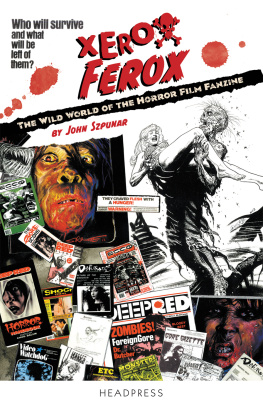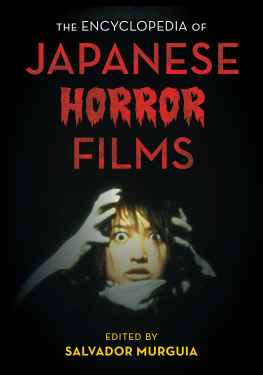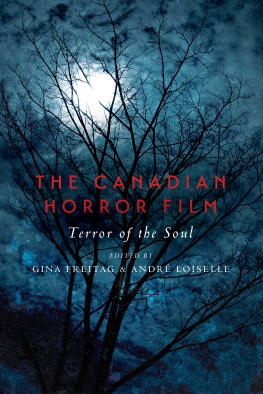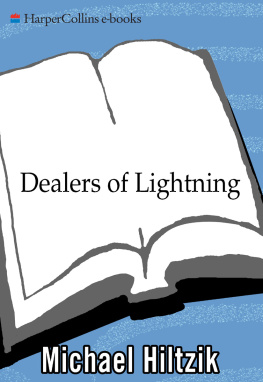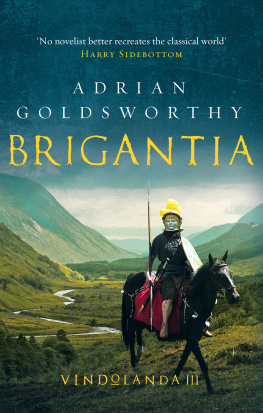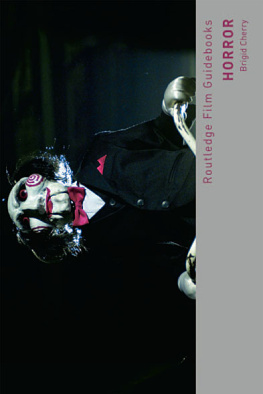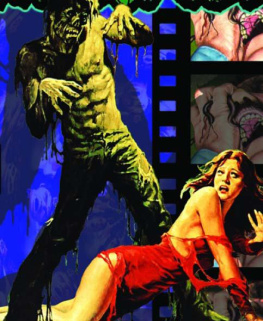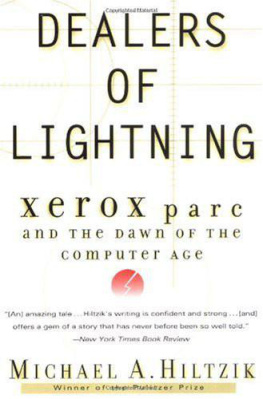
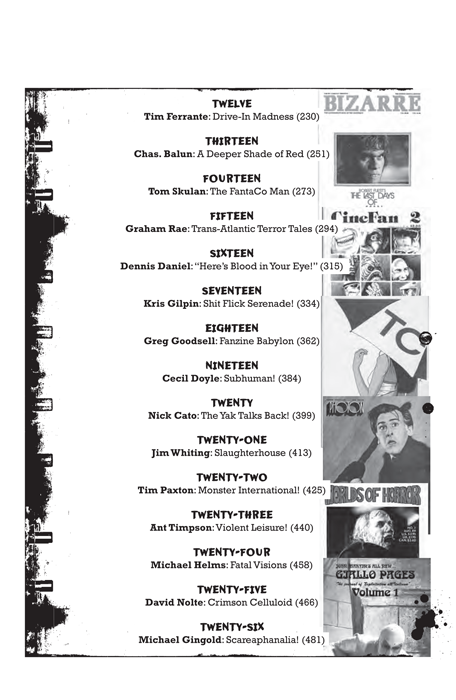
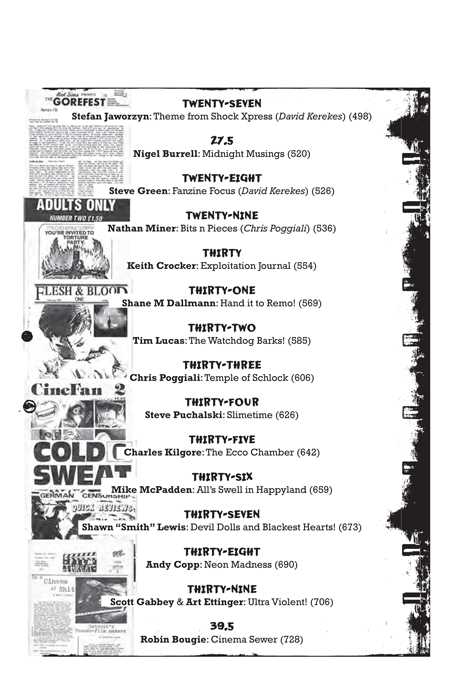
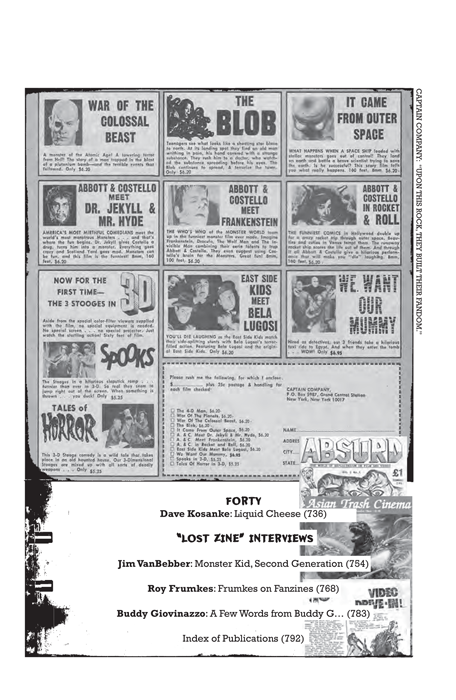
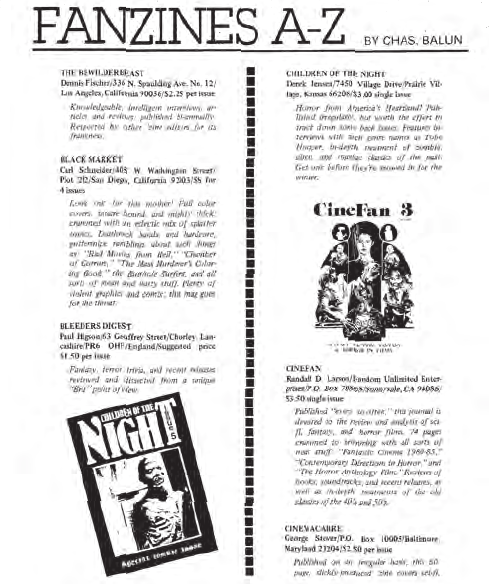
I started thinking about this book back in 2006. I had recently interviewed Deep Red editor Chas. Balun and fanzine veteran Steve Bissette. My idea at the time was to conduct and assemble a collection of interviews with some of the key people involved in the old fanzine scene. Not just any zine sceneI wanted to talk to the guys behind the horror film rags. Dirty little things like Subhuman, Slimetime, and Sleazoid Express.
I began working on things in earnest, but I quickly realized that I had started to spread myself way too thin. I was working a day job as a technical writer for General Motors and trying to keep my DVD label (Barrel Entertainment) out of debt. I started shelving a lot of the projects that I was involved with, and Xerox Ferox was one of them.
By 2007, I was mentally and physically drained. It was time to take a break from things. I said goodbye to my old life, spun a much needed cocoon, and eventually resurfaced with new wings. I started working at one of the finest museums in the worldThe Henry Ford in Dearborn, Michigan. The time that I spent there was essential and rejuvenating. All of my colleagues were in love with history, and I embarked upon a five year tenure as a both a student and teacher of early American agriculture.
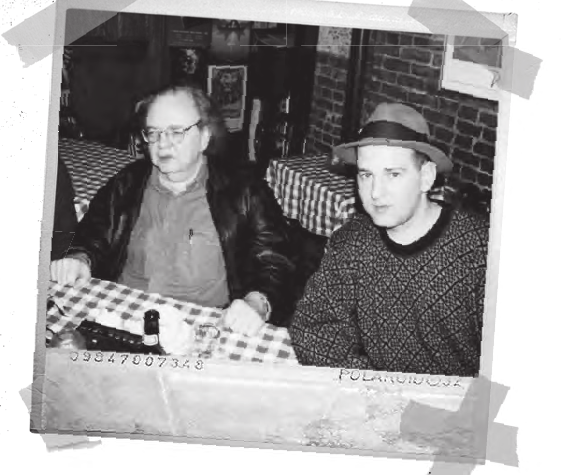
Working at a museum can be relaxing and maddening at the same time. When things were good, it seemed as if I was on a paid vacation. When things were bad well, lets just say that I began to seek solace in a long lost loveexploitation films of every shape and size. Films and fandom suddenly became fun again. This wasnt something that I did for a living. It was something that I did to relax. I started watching movies again. I started reading about them again. And I started to write about them again. Another very personal metamorphosis was about to take shape.
When David Kerekes (the publisher of the book that youre now reading) wrote and asked me if I had any of the old files from my lengthy (and sadly aborted) book about the exploitation director Joel M. Reed, I pinched myself. Perfect timing. I went directly to a long locked vault and started searching. Sure enough, there they were. I set about editing a few chapters together, and what do you know? I enjoyed it. I enjoyed it so much that I started excavating some other artifacts from my past.
In 2011, I stumbled upon some ancient floppy discs and cassette tapes that had been patiently waiting in a box that I thought was long gone. The dust covered thing was labeled (in rather crude printing) Xerox Ferox. I decided to give the contents a once over.
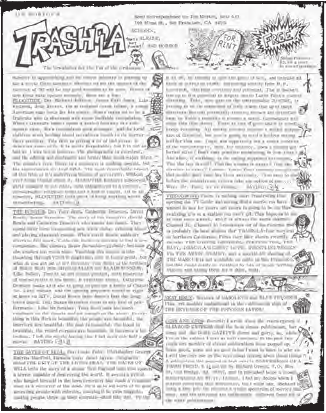
Before I knew it, the past became a big part of my present. I started making plans with myself to begin climbing the mountain that would eventually become Xerox Ferox.
I started out by transcribing the tapes. Shit, this stuff was good. Really good. But would anyone else be interested in a book about old fanzines? Would I be able to track down the people that I wanted to interview? And if I did manage to track them down, would they even care about the old boxes in their closets? Only one way to find out. I started making some phone calls.
One of the first people that I talked to was Jim Morton, the editor of Trashola. He lives in San Francisco, and I live in Detroit. By the time I finished talking to him, it was very early in the morning, but I didnt care. Jim was greatthoughtful, funny, and full of wonderful stories. I quickly transcribed the interview and made some more calls. Before long, I was talking to a lot of the old gang, and they were actually talking backpages and pages of taking back. If I didnt have the contact information for a potential interview, it was almost guaranteed that somebody within my newfound circle would. Before long, I was looking at twenty, thirty, forty interviews. And that was only the beginning.
Actually, this is probably a good time to address my beginning. I was born in 1973 in Warren, Michigan, a suburb of Detroit. Most of my earliest memories involve watching horror movies. Like many of the people interviewed in this book, I was mesmerized by the fuzzy UHF signals that came to life on the family television. I was addicted to a show called Chiller Double Feature. It aired on Saturday afternoons, and a man who called himself Sir Graves Ghastly administered my first dose of horror films from the sixties and seventies. Ill never forget seeing Eugenio Martns Horror Express for the first time. The glowing eyes of the creature scared the shit out of me, as did John Cacavas haunting score.
Shortly after, I discovered comic books. One day, my grandfather brought a big box down from his attic. It was filled with coverless pre-codes, and I instantly fell in love with them. I started making weekly trips to the library, scouring the shelves for any information that I could find about the things. Before long, I was reading about Fredric Wertham and his attack on what I had recently identified as the ECS. Im fairly certain that I was the only sixth grader in my neighborhood that had an axe to grind with the man.
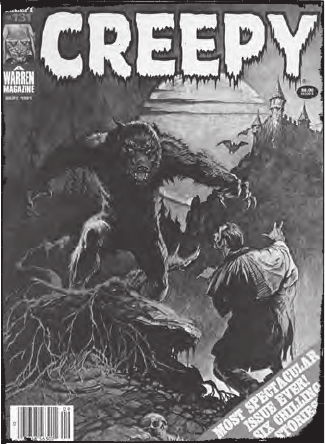
And then, I discovered Famous Monsters of Filmland. I had seen ads for the magazine in the back pages of Creepy and Eerie and I really wanted to read it. I finally found a few tattered copies at a flea market and I took them home. As a child of the eighties, I wasnt really impressed by the content. Famous Monsters was talking about old movies, and by this time, I was hip to the splatter craze that was just beginning to blossom. What did make an impression was the other-worldliness about it. As with the ECs, Creepy, and Eerie, reading Famous Monsters was very much like stepping into a time machine. I was enamored by the history and nostalgia of it all, but where was the voice of my generation?
Suddenly, it hit. On a routine trip to the local pharmacy, my young eyes saw Fangoria for the first time. I was still too young to buy it (and my mother yanked it away before I could turn to page four), but I knew then and there that it was something very special. My father had the ECs, my older cousins had the Warren mags, and I had Fangoria. A few years later, I was a proud member of the Fango Family, and my life would never be the same.
Before long, I was sneaking into R-rated horror flicks with my friends. That was always a thrill, even if the film that we saw was less than stellar. It was almost as if we were breaking the law. We were doing something taboo, something forbidden. And when a VCR finally hit my household, all bets were off.

